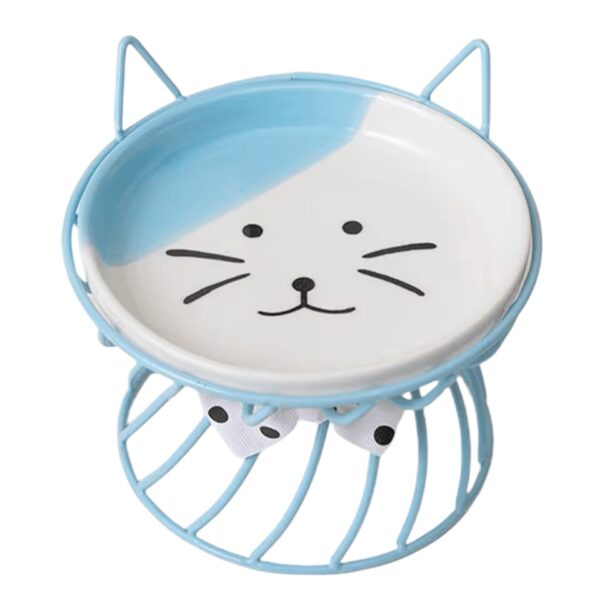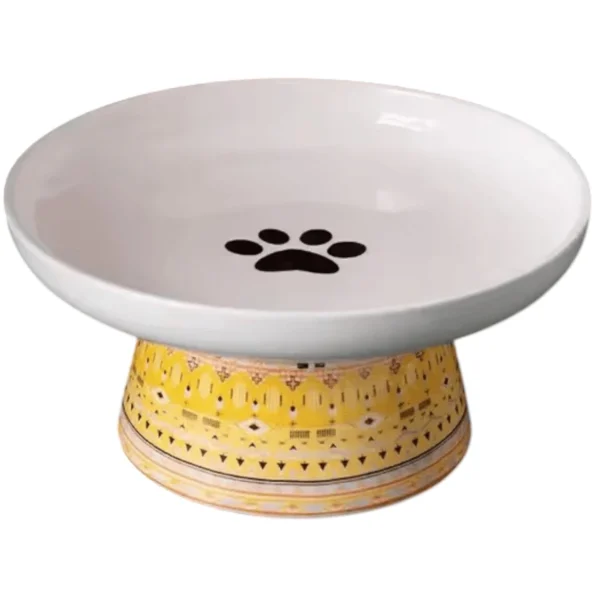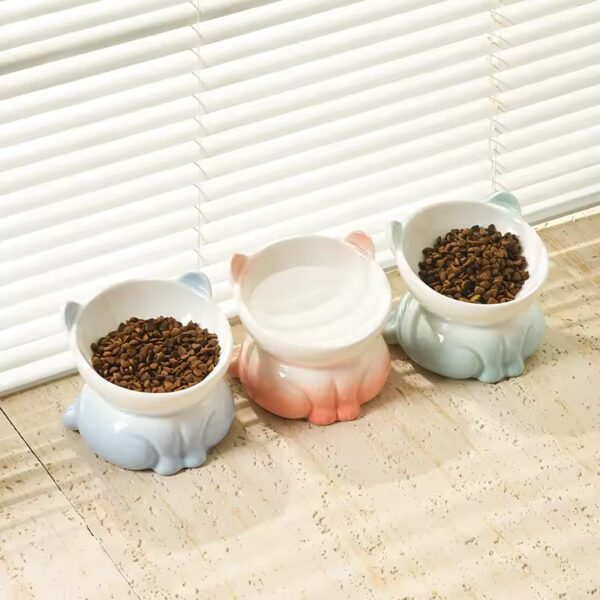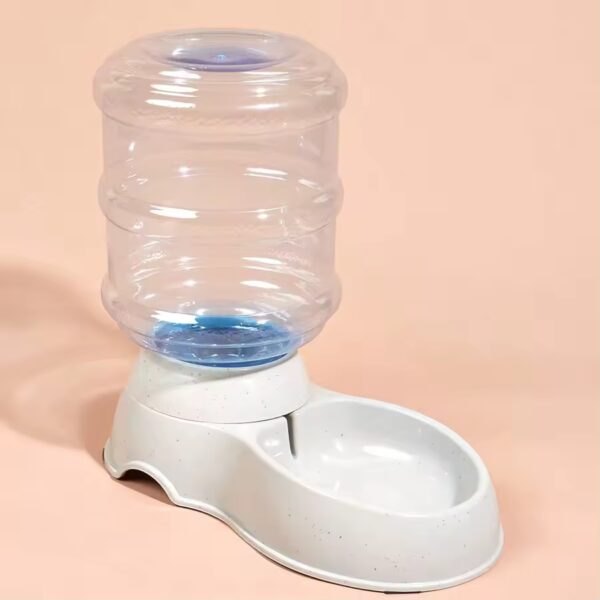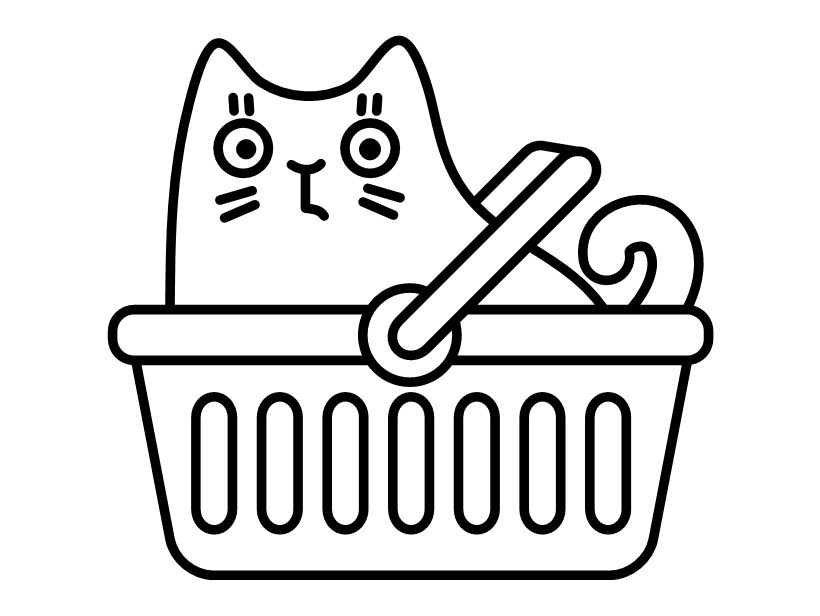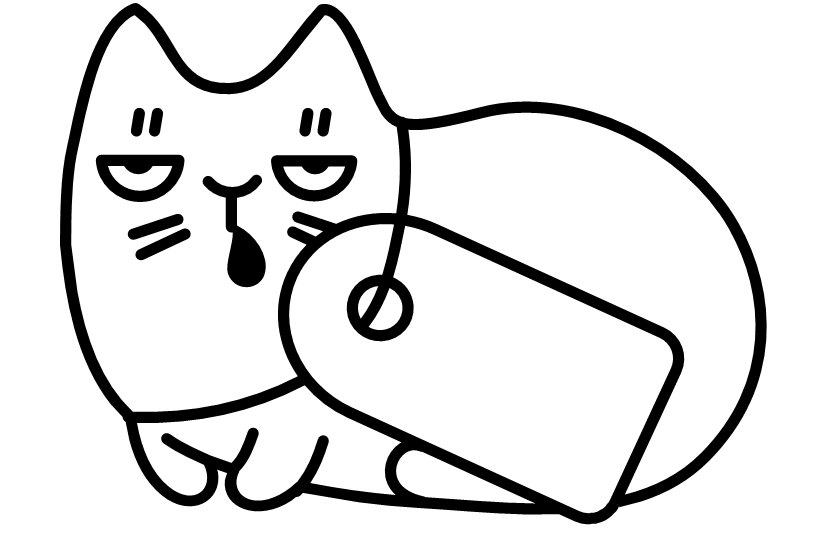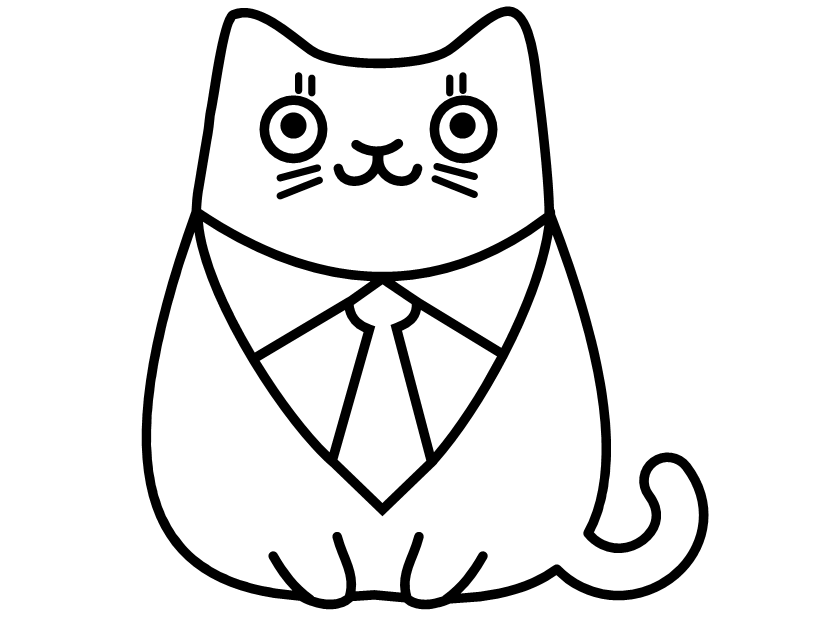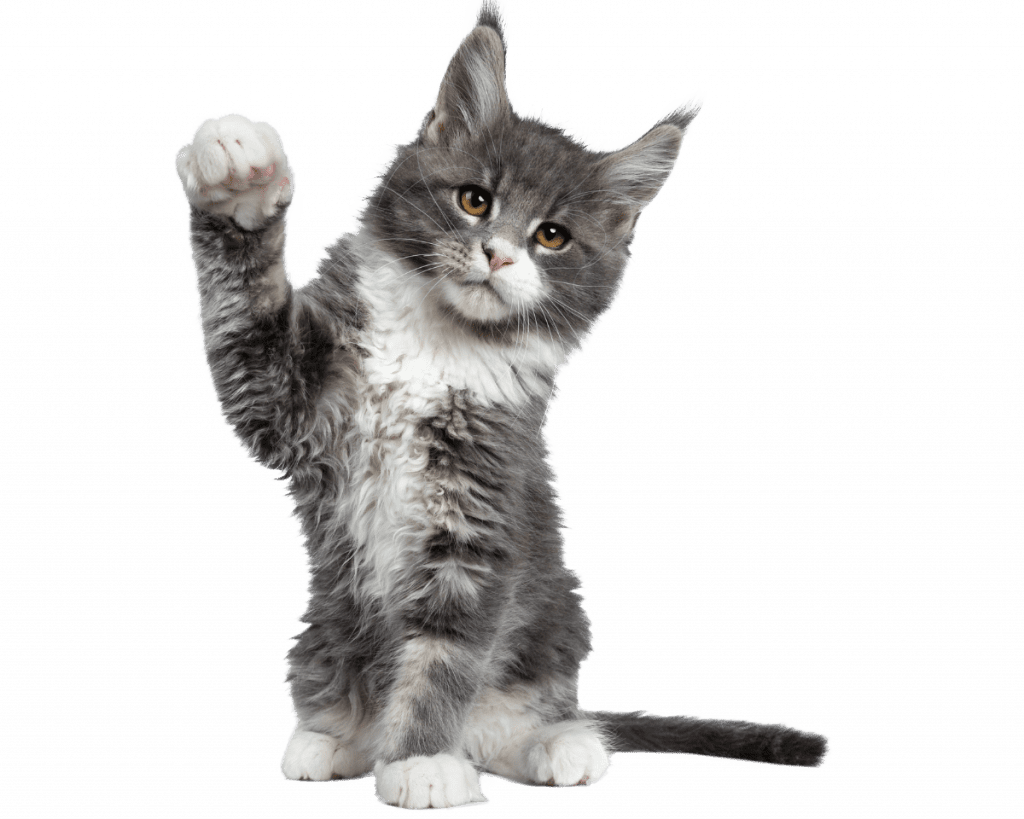As a cat owner, ensuring your feline friend stays properly hydrated is essential to their health and happiness. Cats can be particularly fussy about their water intake, and it’s easy to overlook this vital aspect of their wellbeing. Having cared for hundreds of cats spanning multiple breeds, we’ve learnt that hydration is key to preventing common health issues like kidney problems and urinary tract infections – especially in certain breeds. In this guide, we cover everything you need to know about keeping your cat hydrated, from everyday tips to tackling situations like illness or hot weather.
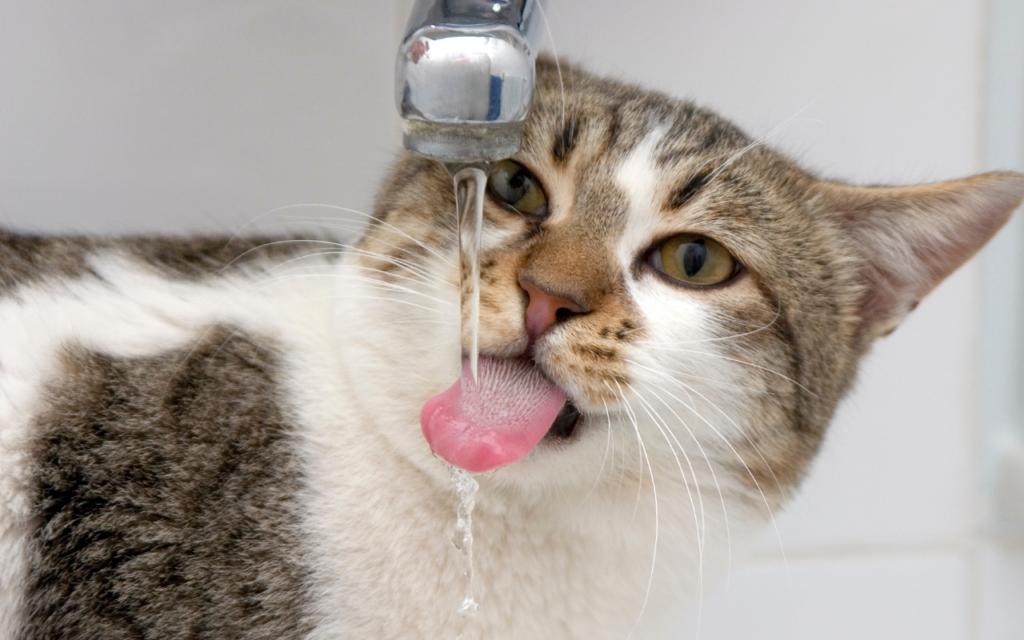
In This Article:
Why Hydration is Crucial for Your Cat’s Health
Cats are desert animals by nature, which might explain their sometimes puzzling relationship with water. Despite their evolutionary background, hydration is absolutely essential for your cat’s wellbeing. A typical cat weighing around 4.5 kg needs about half a litre of water per day. It might sound like a lot, but cats also get moisture from their food, so their total intake is a combination of both water and food.
Water plays a vital role in your cat’s body. It helps regulate their body temperature, aids digestion, lubricates their joints, and transports nutrients. Dehydration can quickly lead to severe health issues, including kidney disease, which is a common problem in breeds like Persians and British Shorthairs.
Signs Your Cat Might Be Dehydrated
A well-hydrated cat will have bright eyes, moist gums, and good skin elasticity. You can test your cat’s hydration by gently pinching the skin between their shoulder blades. If it springs back immediately, they’re likely hydrated. But if the skin stays “tented,” it’s a sign of dehydration.
Common dehydration symptoms include:
- Lethargy and weakness
- Decreased appetite
- Dry, sticky gums
- Sunken eyes
- Reduced skin elasticity
- Changes in litter box habits, like darker or stronger-smelling urine
If your cat shows these signs, especially during hot weather or illness, it’s time to take action to boost their water intake.
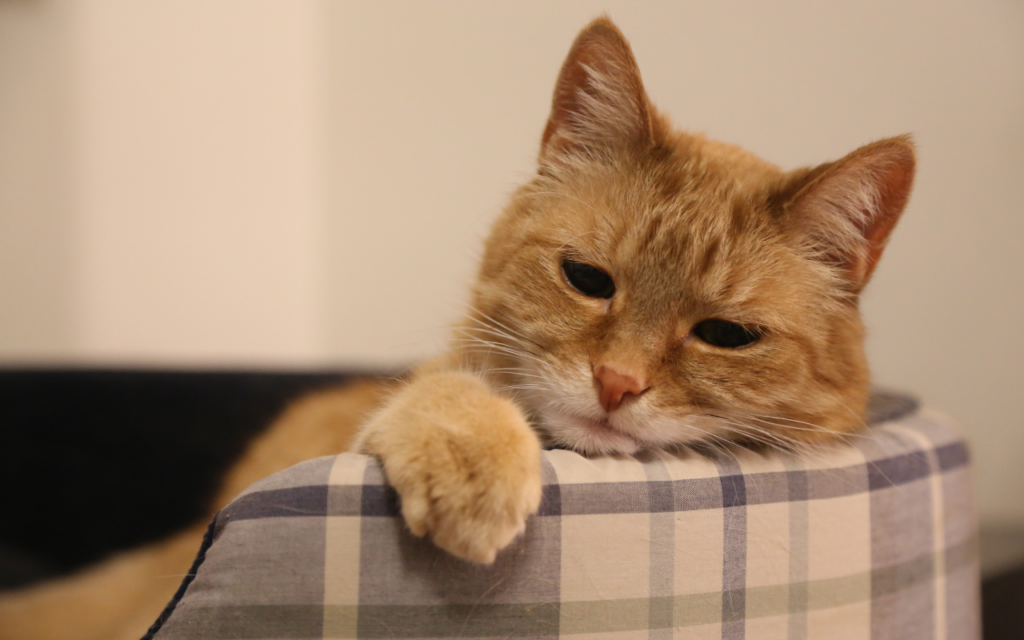
Easy Ways to Keep Your Cat Hydrated Every Day
To ensure your cat stays hydrated, it’s important to create an environment that encourages them to drink more water. Cats can be fussy about their water sources, so you’ll need to be creative.
1. Strategic Water Bowl Placement
Where you place your cat’s water bowl can make a big difference. Cats prefer fresh water away from their food and litter box. Make sure to place water bowls in areas where your cat spends the most time, such as near their favourite lounging spots or by the windowsill. Having multiple bowls around the house will encourage them to drink more.
2. Choose the Right Bowl
Your cat’s water bowl matters more than you might think. Stainless steel or ceramic bowls are typically better than plastic, as they don’t retain odours and are safer for your cat’s skin. Some cats are sensitive to plastic, which can lead to chin acne.
Opt for wide, shallow bowls to avoid whisker fatigue (when a cat’s whiskers touch the sides of a narrow bowl). This is particularly important for cats like Bengals or Abyssinians, who are active and playful.
View Our Range Of Cat Ceramic Bowls
3. Hydrating Food Choices
Your cat’s diet plays a crucial role in hydration. Wet food contains up to 80% water, making it a great choice for cats who don’t drink much. In contrast, dry food only has around 10% moisture, meaning cats on a dry food diet need to drink more water to compensate.
To boost hydration:
- Combine wet and dry food for the best of both worlds.
- Add a little water or broth to dry food to increase moisture content.
- Avoid using milk as a substitute for water – most cats are lactose intolerant and milk can cause digestive issues.
Keeping Your Cat Hydrated in Hot Weather
In the warmer months, heat can make it more difficult for your cat to stay hydrated. Cats have a different way of cooling off – they don’t sweat like humans. Instead, they rely on panting and sweating through the pads of their feet. In hot weather, ensuring your cat drinks enough water is especially important.
Cooling Your Cat Down
When temperatures rise, make sure your cat has access to cool, shaded areas. Some tips for managing heat include:
- Keep curtains drawn during the hottest part of the day.
- Use fans to keep the air circulating, but avoid pointing them directly at your cat.
- Place cooling mats in shaded areas.
- For long-haired breeds like Persians or British Shorthairs, regular brushing will help keep them cool.
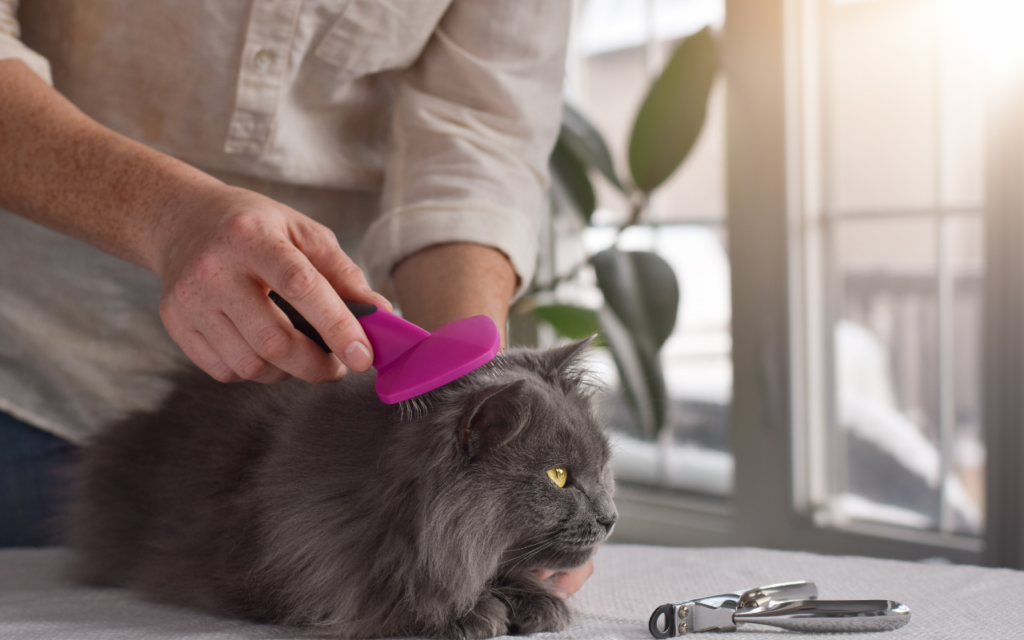
Hydration Tips for Hot Weather
In summer, your cat’s water needs may increase. Keep their water fresh and cool by replacing it several times a day. Some cats enjoy ice cubes in their water on particularly hot days, which can be a great way to cool them down.
A water fountain is an excellent investment, especially for breeds like Maine Coons or Norwegian Forest Cats, who love running water. The continuous flow of water stays cooler and more oxygenated, encouraging them to drink more.
To encourage your cat to drink during hot weather:
- Offer water-rich treats like small pieces of watermelon (seeds removed).
- Freeze cat-safe broths into ice cubes.
- Create shaded water stations outside for outdoor cats.
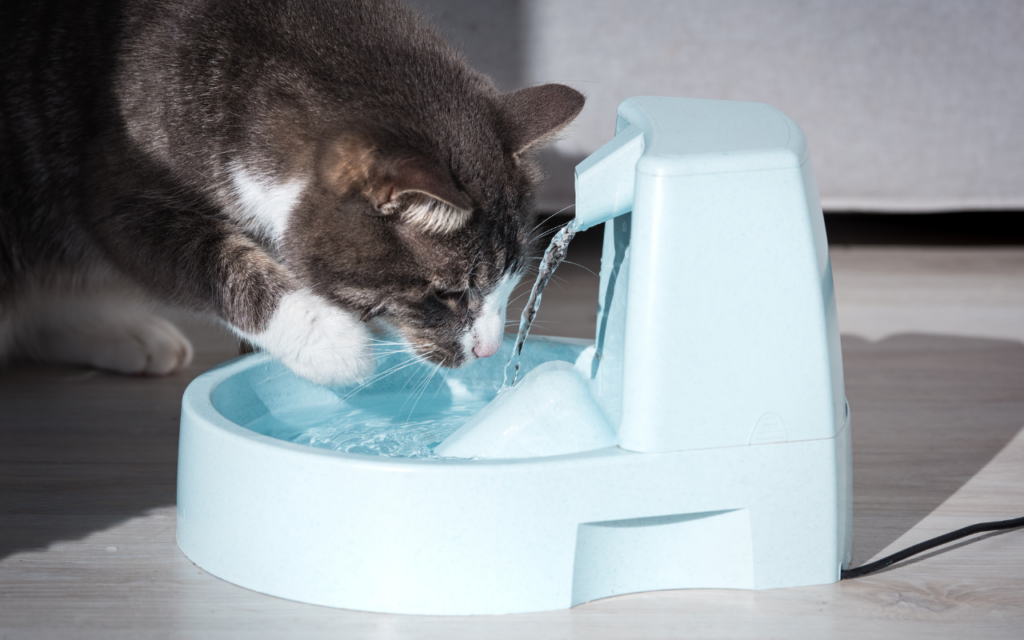
How to Keep Your Cat Hydrated When They’re Sick
Cats are less likely to drink water when they’re unwell, which can lead to severe dehydration. This is why it’s crucial to intervene if your cat is sick.
Recognising Dehydration in Sick Cats
If your cat is ill, watch for signs of dehydration like dry gums, sunken eyes, and lethargy. Illnesses such as kidney disease, diabetes, or hyperthyroidism can increase thirst, while others may reduce their desire to drink.
Encouraging a Sick Cat to Drink
If your cat is refusing water, here are a few ways to help them stay hydrated:
- Syringe or dropper: Offer water in small amounts directly from a syringe or dropper.
- Warm wet food: Slightly warm wet food to make it smell more appealing to your cat.
- Chicken broth: Offer low-sodium chicken broth (no salt, onions, or garlic) to entice them to drink.
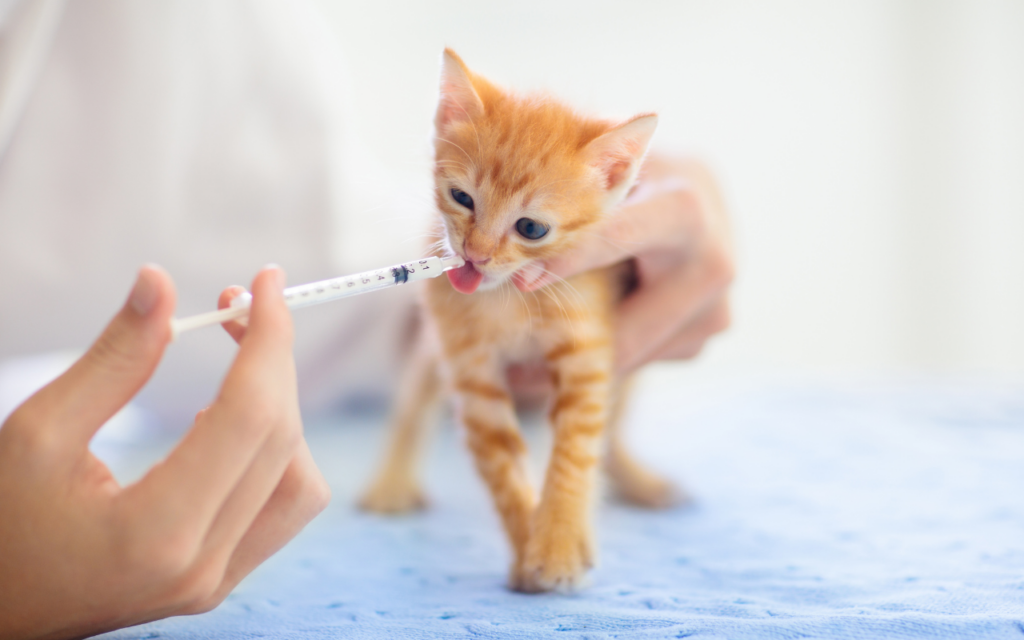
When to Seek Veterinary Help
If your cat refuses to drink for more than 24 hours or shows severe signs of dehydration, contact your vet immediately. In severe cases, your vet may need to administer subcutaneous fluids or even intravenous fluids to help your cat recover.
Creative Ways to Increase Your Cat’s Water Intake
If your cat still isn’t drinking enough, you can try some creative tricks to make hydration more appealing.
Water Fountains
Many cats prefer drinking from a water fountain, as it mimics the fresh, running water they would find in the wild. This can encourage cats, especially those like Norwegian Forest Cats or Maine Coons, who love water, to drink more.
Flavour Additions
If your cat is still reluctant, you can try adding a small amount of flavour to their water:
- A teaspoon of tuna water (from tuna packed in water).
- A small amount of low-sodium chicken broth.
- Special cat drink flavourings (designed for feline health) available from pet stores.
Always remember that these should be occasional additions, not regular components of their diet.
Interactive Water Play
If you have a playful breed like a Bengal or Abyssinian, encourage them to play with water. You can try dripping water from a tap or use water toys that stimulate their hunting instincts.
Conclusion
Keeping your cat hydrated doesn’t need to be complicated, but it does require some attention to their preferences and needs. By using the right bowls, encouraging the consumption of wet food, and creating a comfortable environment for them to drink, you can help your feline friend stay healthy and happy. Remember, each cat is unique, so don’t hesitate to try different methods to see what works best for your pet.

